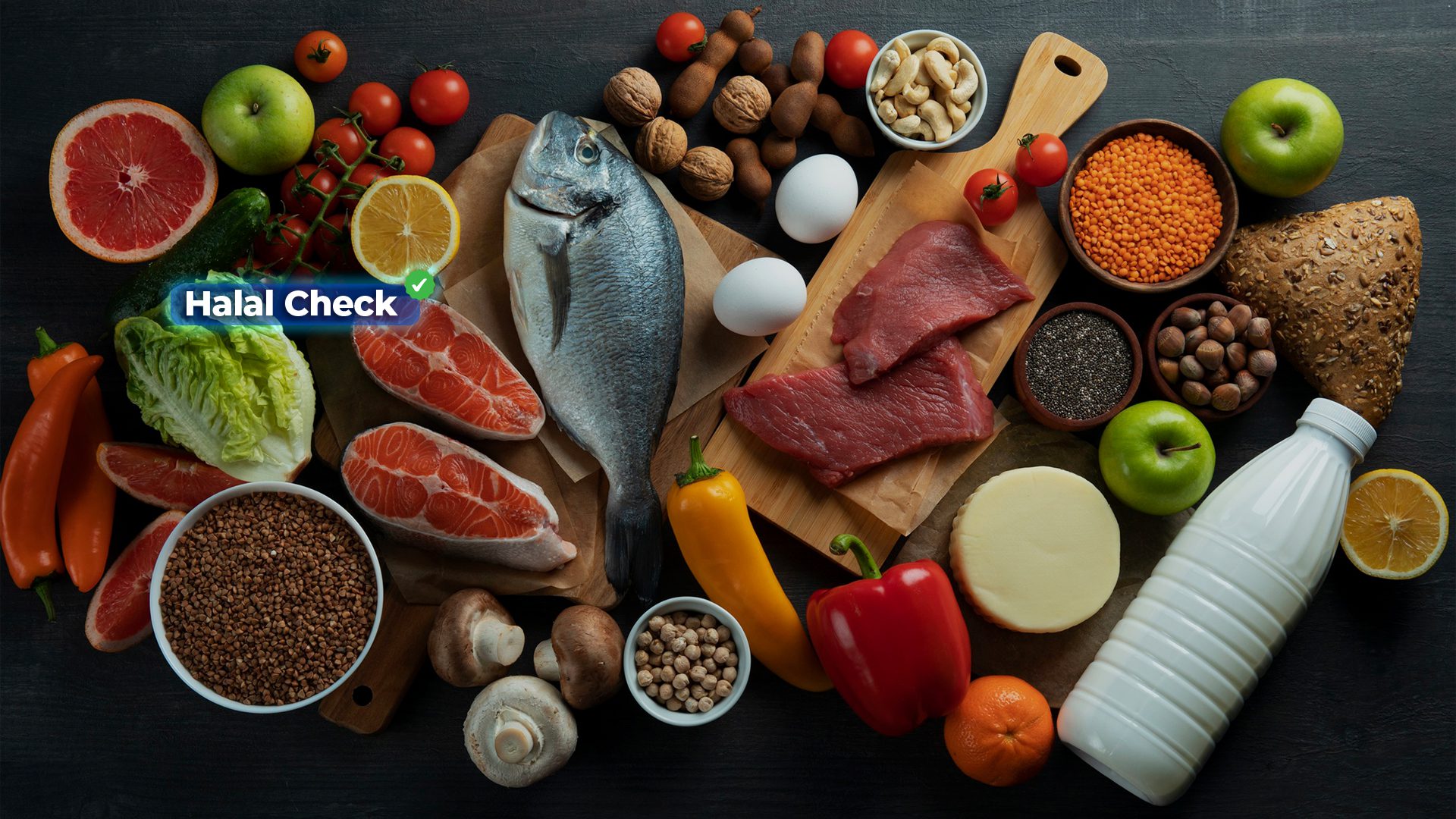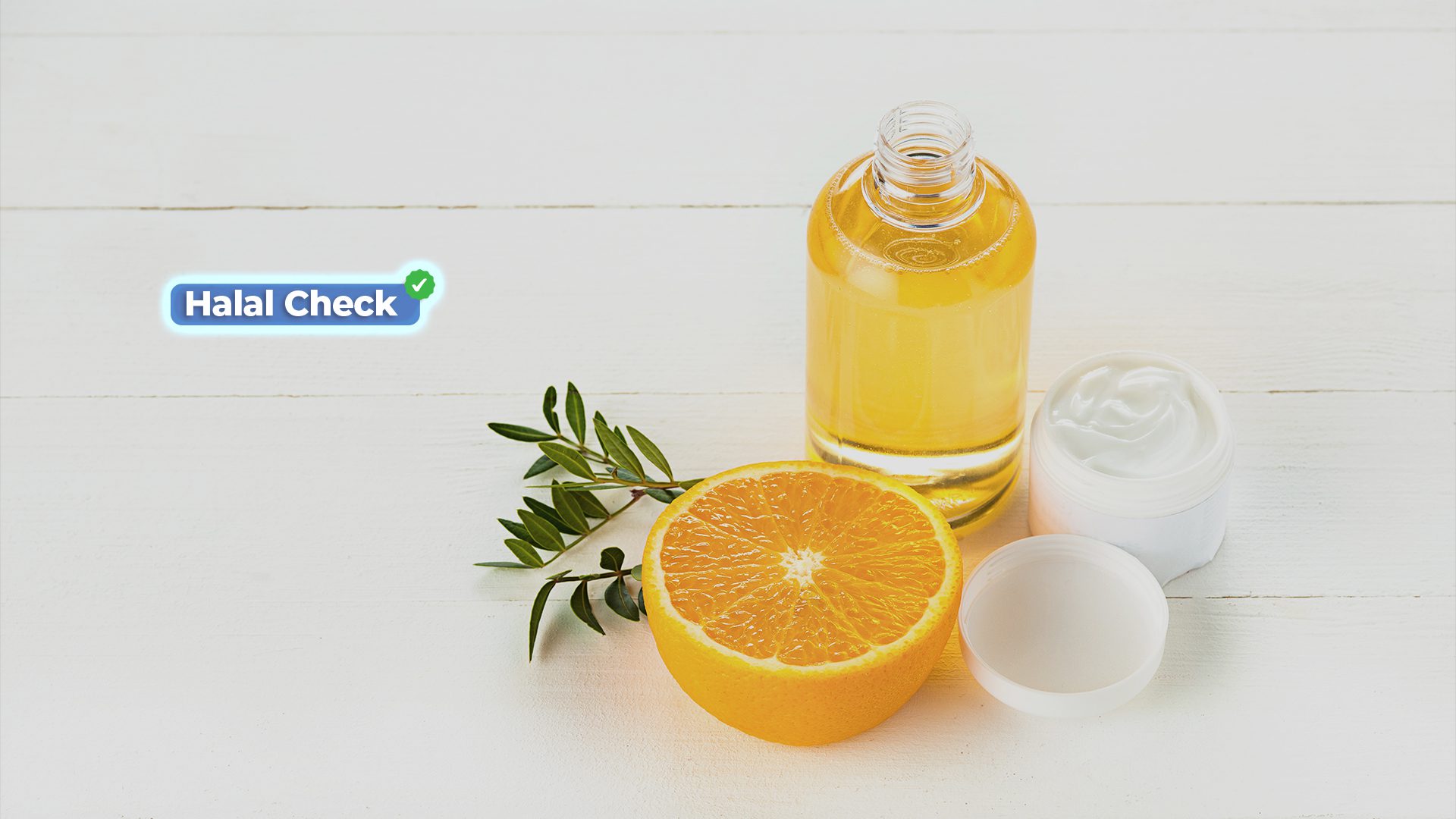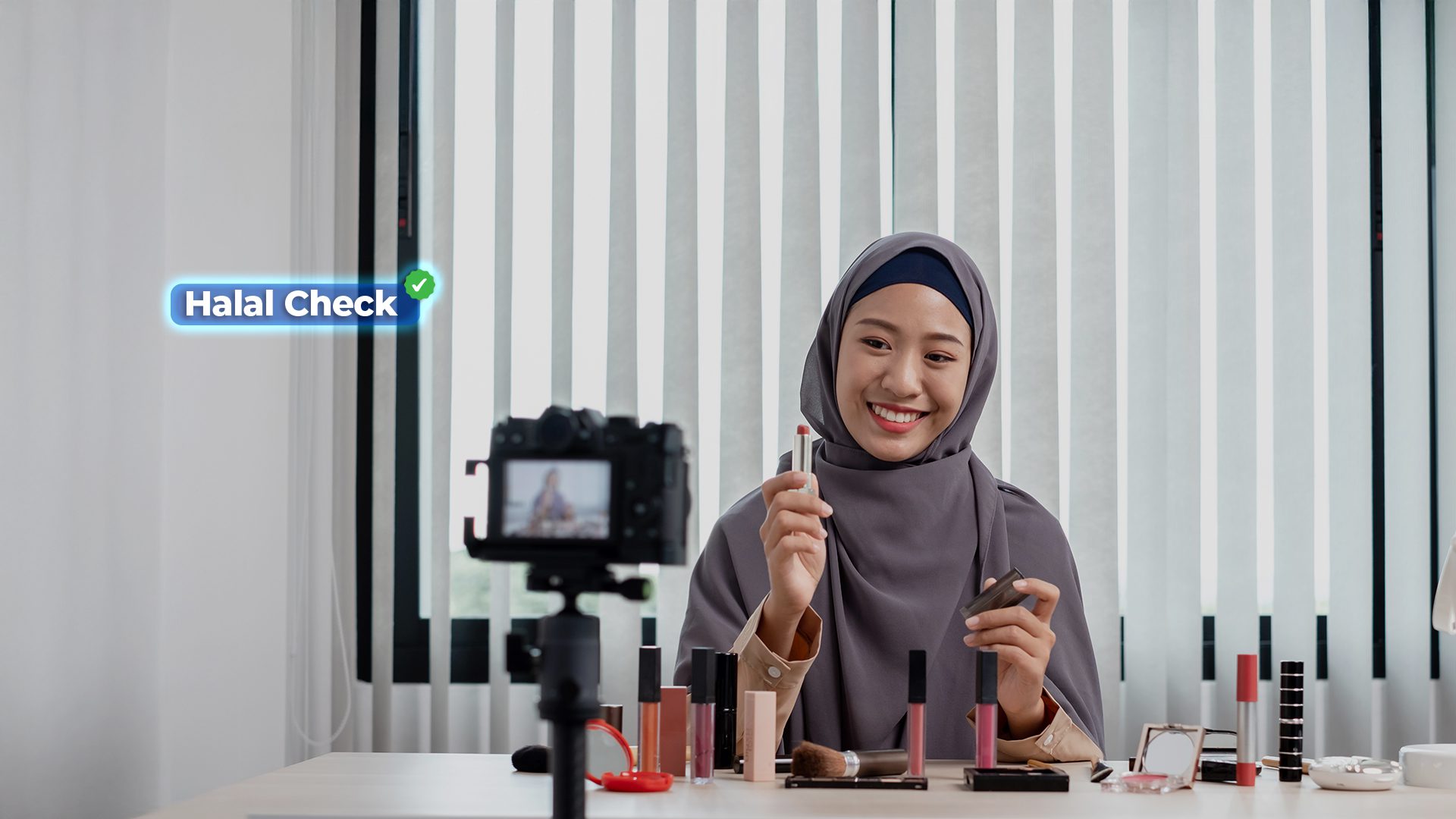Animal feed has become a vital component in the food supply chain to ensure safe and healthy animal protein intake for society. Therefore, it is important to understand and know more about GMP (Good Manufacturing Practice).
This certification is the basic basis for animal feed safety in international markets, including Indonesia. This also helps ensure that the animal feed produced is safe, of high quality and meets the highest standards.
GMP+ Certification System
Certification Good Manufacturing Practice Plus is an international certification system that aims to regulate and ensure the quality of animal feed and pet food meets established standards.
This system was developed by GMP+ International, an organization focused on animal feed safety standards. As the name suggests, this certification is based on the principles of Good Manufacturing Practices and focuses specifically on the feed industry.
This is because low quality or contaminated feed can have a negative impact on the health of livestock. Apart from that, ultimately derivative products produced from livestock such as meat, milk or eggs could also be affected.
So, this certification is an effective tool to provide confidence to consumers and industry that the feed produced is safe for livestock and safe if livestock or their derivative products are consumed by humans.
So, what are the benefits of implementing this certification system? As a reference, here are several points of benefits that you can get as an animal feed industry player:
1. International Quality Verification
Feed safety certificate Good Manufacturing Practice Plus has ensured internationally recognized quality verification. This means your feed product has been recognized and verified according to strict global standards.
2. Includes other relevant standards
Furthermore, this certification includes other relevant standards in the feed industry, both local and international. This helps companies to stay in tune with the latest developments in the relevant sector.
3. Focus on Risk and Quality Assessment
With certification Good Manufacturing Practice Plus, feed companies can focus more on risk assessment and efforts to improve production quality. This enables greater operational efficiency.
4. Using the Same Language Worldwide
This feed safety certification system is based on language standards that are the same throughout the world. This facilitates communication and cooperation between feed companies in various countries, and even facilitates global business expansion.
5. Access to Global Markets
Manufacturing companies that have this certificate have a greater opportunity to enter the global market and compete at the international level. This opens up new opportunities for business growth.
6. Improve Production Chain Traceability
Finally, Good Manufacturing Practice Plus can help improve traceability in the feed production chain. This allows companies to trace the origin of their raw materials and identify problems quickly if something happens.
Basic Principles of the GMP+ Certification System
In its application, the certification system Good Manufacturing Practice Plus consists of several basic principles that help a specific approach to ensure the quality and safety of products from the feed industry. Following are the complete details:
1. Good Manufacturing Practices
Implementation of good manufacturing practices or Good Manufacturing Practice is the first and most important basic principle. This principle helps ensure that feed is produced in a safe and hygienic manner.
2. Hazard Analysis and Critical Control Point (HACCP)
The second basic principle in the Certification System Good Manufacturing Practice Plus is implementation Hazard Analysis and Critical Control Point (HACCP).
HACCP is a systematic method for identifying hazards that may arise in feed production and determining critical control measures.
HACCP also helps ensure that the resulting animal feed is not only produced in a safe and hygienic manner, but also that critical control measures are taken to avoid potential hazards.
3. Quality Management System (ISO 9001)
Next, certification Good Manufacturing Practice Plus also involves the implementation of a Quality Management System. This involves using methods and procedures to ensure that the quality of animal feed is continuously maintained and improved.
In addition, this system also helps ensure that all control measures are in place along with The verification process is applied consistently in accordance with standardization in ISO 9001.
Good Manufacturing Practices for the GMP+ Feed Industry
Based on the previous explanation, it can be seen that Good Manufacturing Practices or Good Manufacturing Practice is the main foundation in the feed industry. The following is the scope and examples of practice:
1. Location
This refers to selecting the right production site. The location must meet local environmental and regulatory requirements, including distance from potential pollution sources such as chemical plants or industrial waste.
2. Building
Production premises must be properly designed to ensure cleanliness, safety and operational efficiency. This includes proper separation between production, storage and administration areas.
3. Sanitation Facilities
The facilities must have adequate sanitation systems, including clean water systems, waste management, and adequate washing facilities.
4. Machines and Equipment
Machines and equipment used in production must be well maintained, cleaned regularly, and properly calibrated to ensure consistent product quality.
6. Materials
Good Manufacturing Practice strictly regulates the procurement, storage and use of raw materials. All materials must meet established quality and safety standards.
7. Process Monitoring
The production process must be strictly controlled to ensure consistent product quality. This involves monitoring temperature, pressure, time and other relevant parameters.
8. Final Product
The final product must be tested and verified to ensure that it meets established specifications before being released to the market.
9. Laboratory
Laboratories must meet certain standards to test and analyze products. This includes proper laboratory equipment and trained personnel.
10. Employees
Employees must receive adequate training on GMP and undergo strict monitoring to ensure their compliance with correct practices.
11. Packaging, Labels and Product Description
The packaging process must be carried out carefully and in accordance with established specifications, and the product label must be clear and accurate.
12. Storage
The product must be stored at appropriate temperatures and conditions to prevent damage or contamination.
13. Maintenance and Sanitation Program
Machines, equipment and facilities must be properly maintained. A robust sanitation program must be implemented to prevent cross-contamination.
14. Transportation
The product must be transported properly to prevent damage or contamination during transportation.
15. Documentation and Recording
All production and testing activities must be carefully documented. This includes production records, test records and other relevant documents.
16. Training
Ongoing training must be provided to employees to ensure understanding and compliance with Good Manufacturing Practice Plus.
17. Product Recall and Implementation of Guidelines
This certification system includes procedures for withdrawing products from the market if safety or quality problems are found, and these procedures are mandatory to follow.
In short, this certification system aims to produce quality animal feed, in line with legal regulations, and in accordance with global standards. If your industry is in the animal feed sector, get a GMP certificate Plus together implementation consulting services GMP from Sucofindo by contacting us Now!








